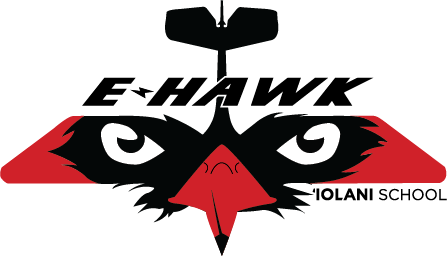The Seat
We took some liberties and strayed from the original seat design and proceeded with our own original design. The many pictures that follow outline our design and fabrication process for the E-Hawk seat plates and cushions.

The first step consisted of clamping in some scrap pieces of plywood to act as a quick mock-up for the seat.

The seat mock-up gave us the opportunity to perform some basic checks for fit and comfort.

Once the fit check was complete it was time to install the tubular structure that would support the seat back plate. The seat bottom plate would be supported by the existing structure that is part of the fuselage frame.

The seat backrest supports are installed. We used generic aluminum tube connectors to attach 1" aluminum tubing to the fuselage frame.

Since the tube diameter of the section of the fuselage frame we were connecting to was 3/4" we had to fabricate some sleeves to fill the gap. The sleeves are 3D printed from TPU flexible filament.

Taking measurements for what will become the seat plate.

The measurements are transferred to CAD as we begin to design the bottom seat plate.

Rendering of what the bottom and back seat plates will look like when placed in the fuselage frame. The plates will be cut on the waterjet from 1/16" aluminum.

The finished bottom seat plate is fitted into position prior to drilling the rivet holes that will fasten it to the seat tabs on the fuselage frame. When you design the parts yourself you get to inconspicuously slip your names into the part.

Riveting the seat plate into place.

Installing the supports that will hold the back plate in place. "Something doesn't look right".

Taking measurements for the custom seat cushion that will be produced in-house.

We decided to go with 2" thick, high-density polyurethane foam for the cushion. Here we mark the foam for cutting.

We are using our in-house designed a built hot wire foam cutter. Using a 2x4 as a fence we get a perfect cut.

The seat cushion covers are sewn using a water repellent canvas type fabric. The short edge of the cover includes a zipper so that we can remove the foam for cleaning or replacement.

Foam being inserted into the cover.

The seat bottom and seat back plates are lined with velcro which will hold the seat cushions in place.

Installation of seat cushions.

Now that the seat cushions are complete, we can do a fit check and cut the seat belt to length.

The completed seat with seat belt.

Aft view of the seat. The only thing remaining is to attach the lower seat belt to the fuselage frame.
